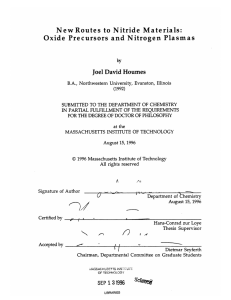STAR Review - Cloudfront.net
advertisement
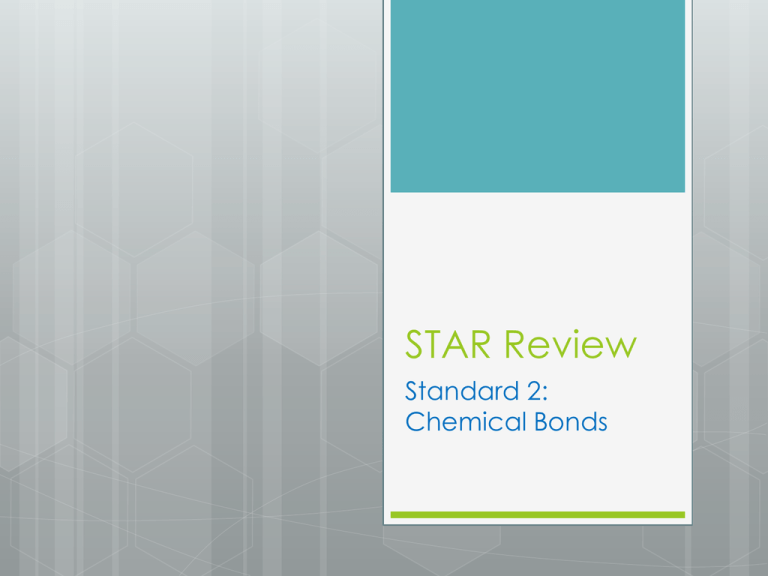
STAR Review Standard 2: Chemical Bonds Polarity: Formation: Covalent Bonds Ionic Bonds Low High A covalent bond is formed between two non-metals that have similar electronegativity's. An ionic bond is formed between a metal and a non-metal. Nonmetals(-ve ion) are "stronger" than the metal(+ve ion) and can get electrons very easily from the For stabilization, they share metal. These two opposite ions their electrons from outer attract each other and form the molecular orbit with others ionic bond. Melting point: Low High Boiling point: Low High Examples: Methane (CH4), Hydro Chloric acid (HCl) Sodium chloride (NaCl), Sulphuric Acid (H2SO4 ) Occurs between: Two non-metals One metal and one non-metal State at room temperature: Liquid or gaseous Solid Drawing Lewis Dot Structures Naming Compounds List the first element by name. The second element is by name but ends in –ide Example: Barium Chloride Naming Molecules Greek Prefixes Number mono- 1 di- 2 tri- 3 tetra- 4 penta- 5 hexa- 6 hepta- 7 octa- 8 nona- 9 deca- 10 Use prefixes End last element in –ide Compound Systematic name Common name (if it has one) NF3 nitrogen trifluoride NO nitrogen monoxide NO2 nitrogen dioxide N2O dinitrogen monoxide N2O4 dinitrogen tetraoxide PCl5 phosphorous pentachloride SF6 sulfur hexafluoride S2F10 disulfur decafluoride H2O dihydrogen monoxide water H2S dihydrogen monosulfide hydrogen sulfide NH3 nitrogen trihydride ammonia N2H4 dinitrogen tetrahydride hydrazine PH3 phosphorous trihydride phosphine nitric oxide laughing gas
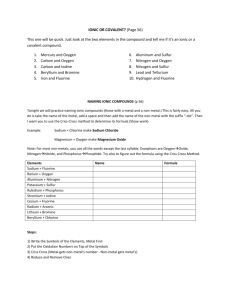

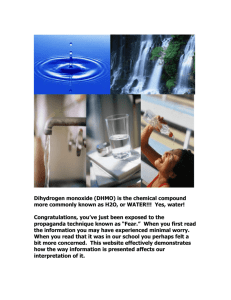
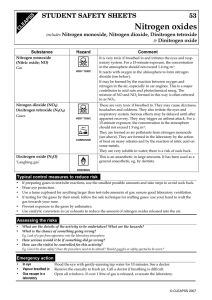



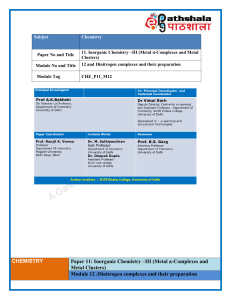
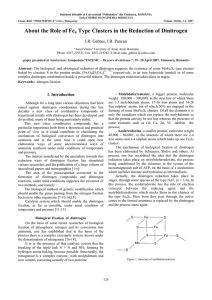
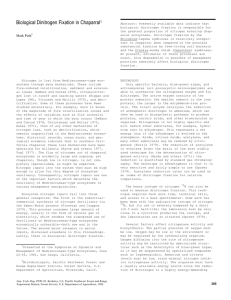
![Synthesis of [(DPPNCHCH)N]³ Molybdenum Complexes (DPP = 3,5-(2,5-Diisopropylpyrrolyl)CH) and Studies](http://s2.studylib.net/store/data/012605319_1-6df5f74710e58a38638927662ad2f9b9-300x300.png)
